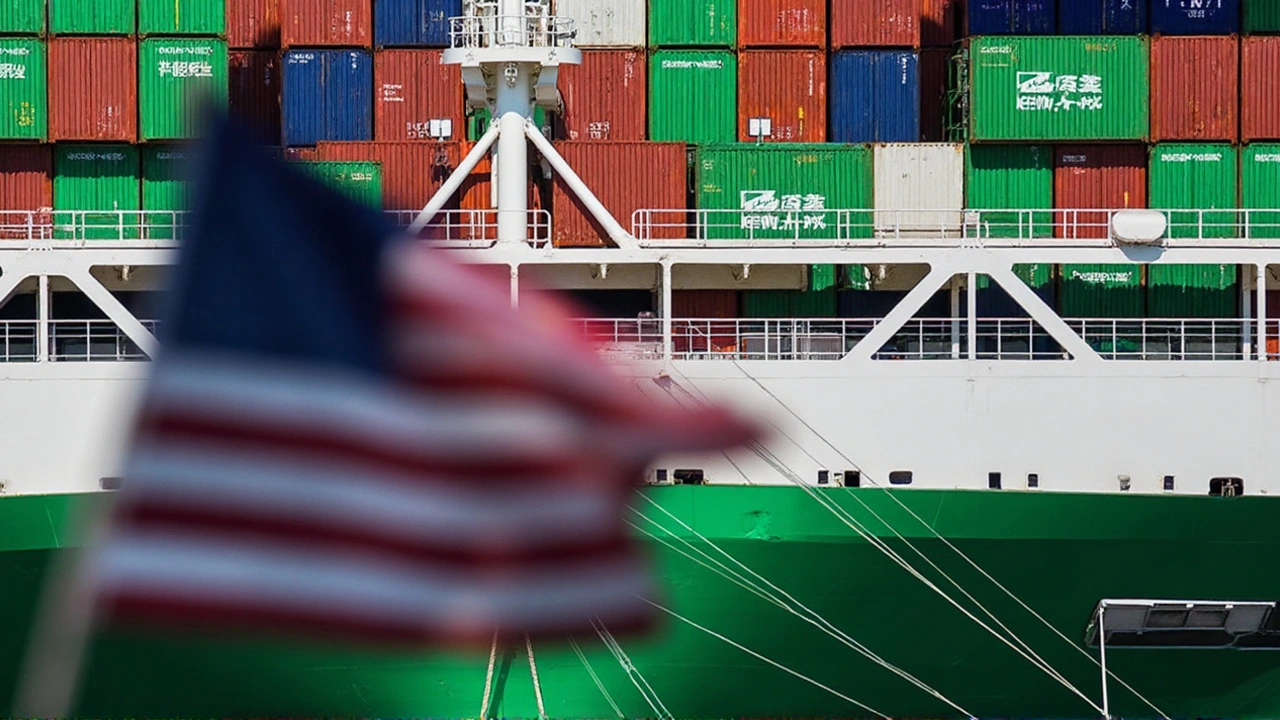Have you ever wondered why some countries buy more from others than they sell? That’s what we call a trade imbalance. Simply put, trade imbalance happens when a country imports more goods and services than it exports, or vice versa. It’s a topic that might sound complex, but it actually impacts daily lives and the overall economy more than you think.
Trade imbalances often come down to differences in what countries produce and what they need. For example, a country rich in manufacturing might export lots of cars and electronics but import food or raw materials. On the other hand, a country with limited industrial output might bring in more goods than it sends out. Currency values, labor costs, and government policies can also push these imbalances higher or lower.
So, why does it matter if a country has a trade imbalance? Well, if a country consistently buys more than it sells, it might face problems like rising debt or a weakened currency. This can lead to higher prices on everyday products or less money for public services. For countries that export more than they import, it can mean stronger jobs and economic growth. Understanding this helps explain everything from the price of your phone to the health of the economy.
But don’t think a trade imbalance is always bad. Sometimes, it reflects strong consumer demand or strategic economic choices. The key is balance over time, and watching how trade affects jobs, prices, and growth. Next time you see news about trade deficits or surpluses, you’ll know why these terms matter beyond the headlines.
